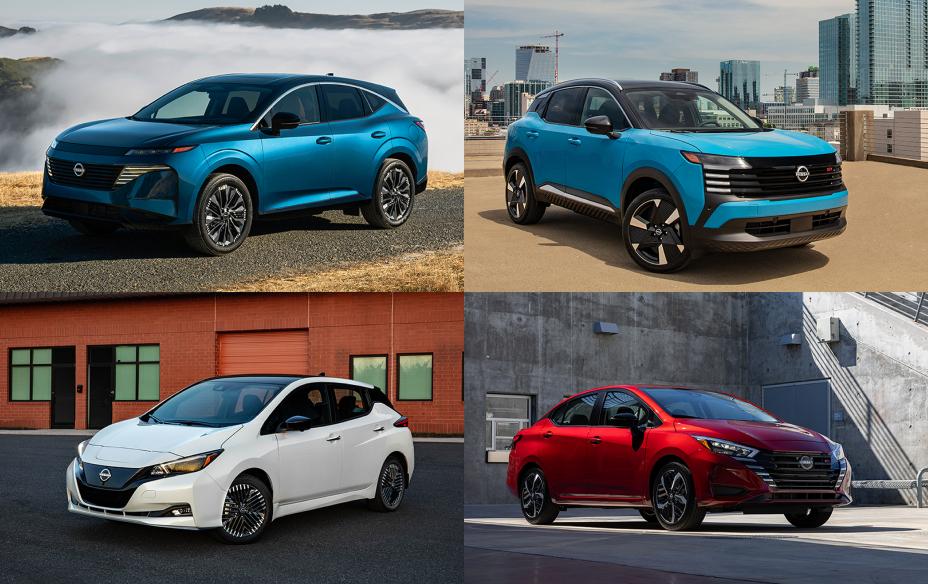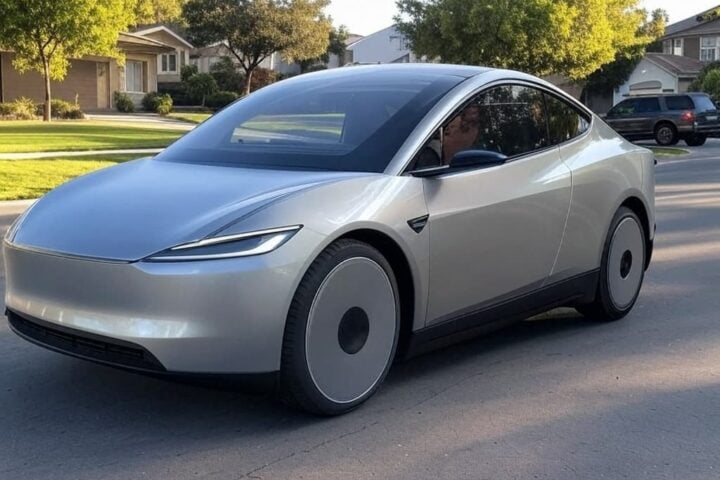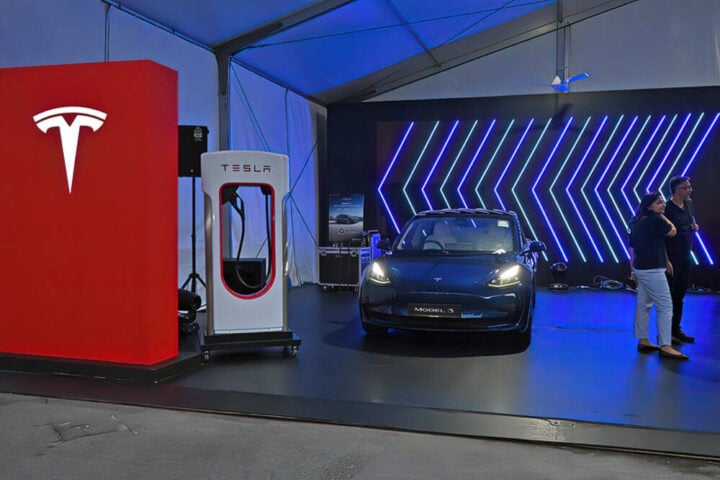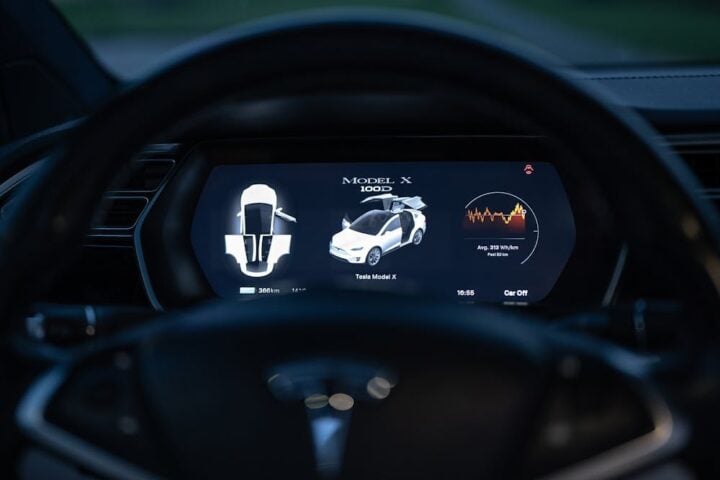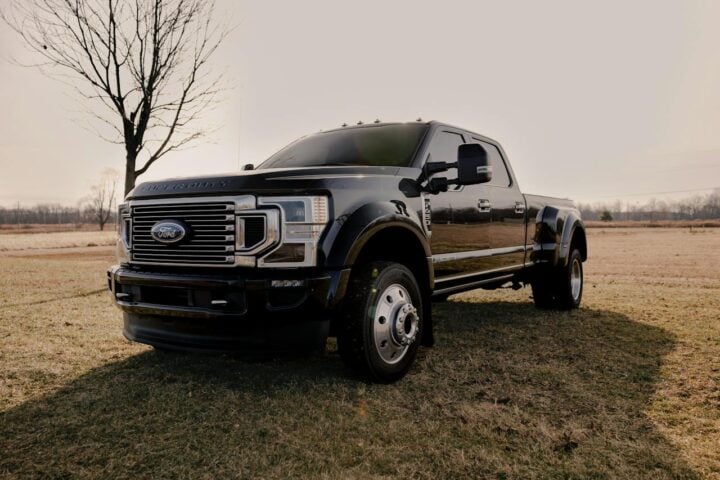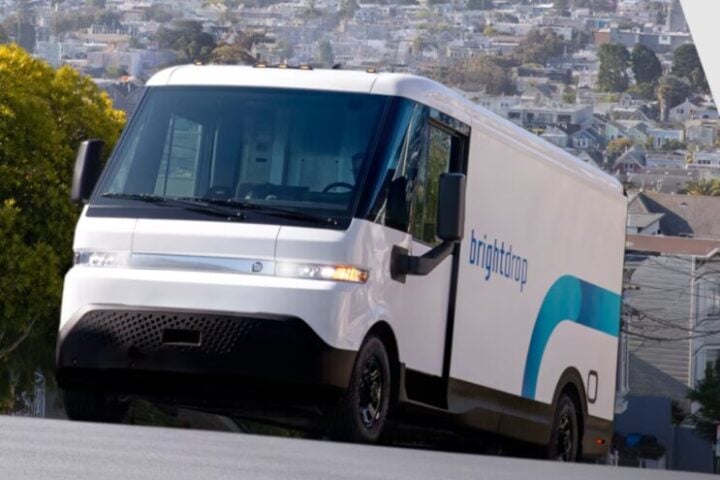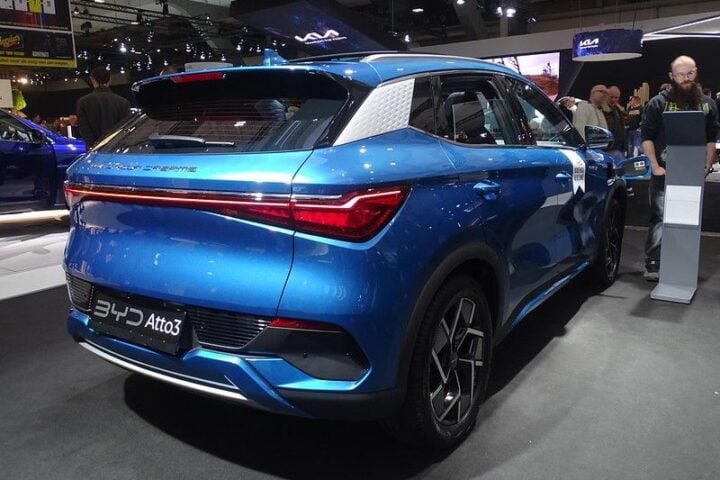Nissan Group posted a 5.7% year-over-year increase in Q1 2025 U.S. sales, reaching 267,085 units despite facing economic headwinds and shifting market dynamics. The results reveal a striking split: passenger car sales soared nearly 44%, while truck and SUV sales fell approximately 11%.
The most dramatic growth came from Nissan’s sub-$30,000 lineup, with the Versa sedan sales jumping a whopping 156% and the Kicks compact crossover up 84.8%.
These budget-friendly options are hitting sweet spots for consumers watching their wallets in today’s economic environment.
Nissan’s electric offerings delivered contrasting results:
Combined, EVs represent just 2.2% of Nissan’s total sales.
In an unexpected bright spot, the Nissan Z sports car saw sales explode 221% to 2,154 units—surpassing the entire calendar year 2023 total. The Z outsold its direct competitor, the Toyota Supra, by a 5-to-1 margin. Toyota moved only 421 Supras during the same period.
Similar Posts:
While budget and niche vehicles thrived, Nissan’s volume leaders suffered:
- Rogue sales plunged 31.6% to 62,102 units
- Frontier pickup sales fell 26.7% to 14,481 units
- Titan pickup sales collapsed 62.5% to just 1,556 units
The company expects second-quarter improvements for Rogue and Pathfinder following price reductions across all trim levels.
The luxury INFINITI division saw sales drop 5.3% to 13,165 units, with car sales plummeting 71.7%. The lone bright spot was the QX80 SUV, up 64.3% to 4,064 units.
North American-made vehicles increased 10.5% to 218,741 units, while imports fell 13.8%. This production shift may help Nissan navigate potential import tariffs in the future.
Industry experts warn of challenges ahead. With the uncertain economic environment and potential policy changes, Nissan’s ability to maintain momentum with its affordable lineup while addressing truck and SUV sales declines will be crucial to its 2025 performance.
Frequently Asked Questions
Nissan Group posted a 5.7% year-over-year increase in Q1 2025 U.S. sales, reaching 267,085 units. This growth came despite challenging economic conditions and changing market dynamics. The company saw a significant split between vehicle types, with passenger cars growing 44% while trucks and SUVs declined by about 11%.
Nissan’s budget-friendly vehicles under $30,000 saw the most dramatic growth. The Versa sedan led with an astounding 156% increase, while the Kicks compact crossover jumped 84.8%. In the sports car segment, the Nissan Z experienced explosive growth with a 221% increase to 2,154 units. Among electric vehicles, the Leaf doubled its sales with a 103.4% increase to 2,323 units.
Nissan’s electric vehicle performance was mixed in Q1 2025. The Leaf saw strong growth with sales doubling (+103.4%) to 2,323 units. However, the Ariya remained essentially flat with just a 0.1% increase to 4,148 units. Together, EVs represent only 2.2% of Nissan’s total sales, indicating they remain a small portion of the company’s overall business despite the growth in Leaf sales.
Nissan’s volume leaders faced significant challenges. The Rogue, typically Nissan’s bestseller, saw sales plunge 31.6% to 62,102 units. The Frontier pickup truck declined 26.7% to 14,481 units. Most dramatic was the Titan pickup, which collapsed 62.5% to just 1,556 units. In the luxury division, INFINITI’s overall sales dropped 5.3%, with car sales specifically plummeting 71.7%.
The Nissan Z dramatically outperformed its direct competitor, the Toyota Supra, in Q1 2025. The Z saw sales explode by 221% to 2,154 units, which is more than its entire 2023 calendar year sales. This performance allowed the Z to outsell the Toyota Supra by a 5-to-1 margin, as Toyota only moved 421 Supras during the same period.
Nissan is implementing price reductions across all trim levels for models like the Rogue and Pathfinder to boost second-quarter sales performance. The company is also shifting more production to North America, with North American-made vehicles increasing 10.5% to 218,741 units while imports fell 13.8%. This production shift may help Nissan navigate potential import tariffs in the future while addressing the sales declines in their truck and SUV lineup.
